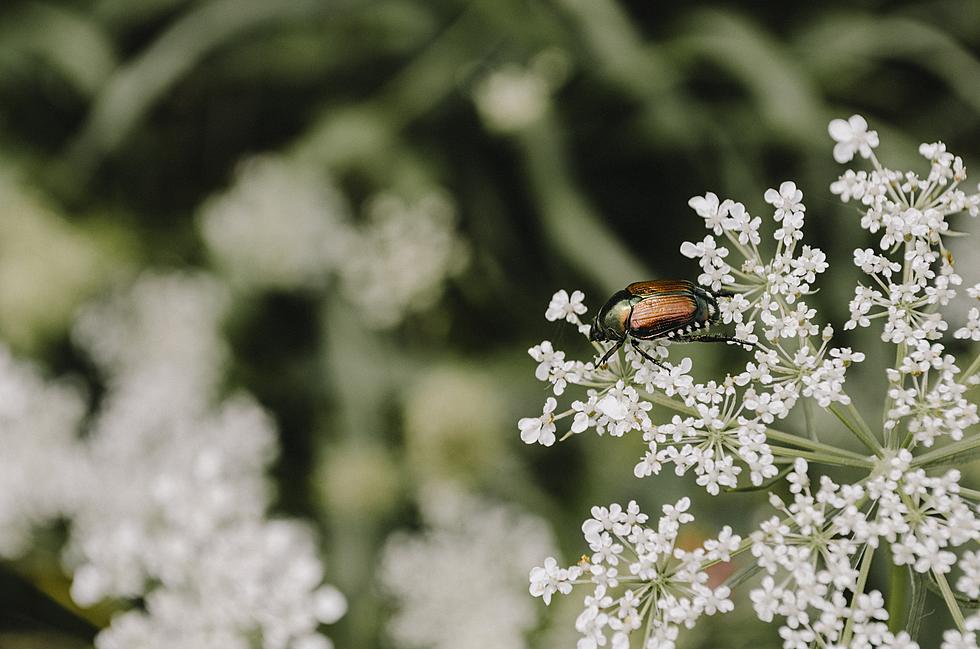
Dangerous Plants To Avoid While Enjoying The Great Outdoors
I love spending time outdoors. And that's why this time of the year is my favorite. a warm day with a mix of sun and clouds with low humidity is heaven in my book. I enjoy walking through the countryside, where it's quiet and nature is looking good.
But, when it comes to identifying the trees or vegetation I pass by, I have no clue. I must have skipped school the day that was taught. Not the end of the world to not know, I suppose. Or is it?
The United States Fish and Wildlife Service published an article with warnings about certain plants to avoid. The article helps you "identify and differentiate these plants so you can keep your distance as needed".
The U.S. Fish and Wildlife Service mentions that most of these plants described below, are invasive and easily grow in ditches and disturbed soils across the country. Here are six plants to avoid when you are enjoying the great outdoors:
Giant Hogweed - this plant can cause severe irritation to the skin and eyes, blistering rashes, permanent scarring, and even blindness. The article mentions this plant can reach a height of 6 to 18 feet. I'm just guessing here, but that's probably why it's called Giant Hogweed.
Poison Hemlock - The U.S. Fish and Wildlife Service mentions that every part of this plant is poisonous to both people and animals. And ingestion of even small amounts could result in death. That's not a good thing.
Spotted Water Hemlock - This plant is also poisonous to people and animals, and can cause several toxic reactions, including death. This plant grows to an average of three to six feet.
Cow Parsnip - Skin irritation, blistering rashes, and skin discoloration are the possible effects, and this plant will grow from four to ten feet tall.
Wild Parsnip - Grows from two to five feet, and can cause skin irritation, blistering rashes, and skin discoloration.
Queen Anne's Lace - If you have sensitive skin, this plant could cause skin irritation. It grows only one to two feet.
For more information about these types of plants to avoid, along with photos of each plant, visit the U.S. Fish and Wildlife Service website.
via U.S. Fish and Wildlife Service
New York State's Invasive Plants To Be On The Lookout For
Seven Ways to Fight Off Ticks Using Rosemary
More From WZOZ








